Some of the oldest bridges around the world
Bridges have been vital links in the tapestry of human history, connecting distant lands and facilitating trade, travel, and cultural exchange. These structures, some standing for millennia, bear witness to the ingenuity and creativity of ancient engineers.
As we embark on this journey through ancient bridges, we uncover stories of architectural brilliance and cultural significance, revealing how these feats of engineering have shaped civilizations and inspired countless tales and traditions.
The Bridge of Arkadiko: A Glimpse Into the Mycenaean Era

The Bridge of Arkadiko, located in the Peloponnese region of Greece, is one of the oldest arch bridges still in use, dating back to the Mycenaean period around 1300 BC. This ancient bridge was part of a military road network, showcasing the strategic importance of infrastructure in ancient Greece.
Its dry-stone construction, a method using no mortar, demonstrates the Mycenaeans’ advanced engineering skills and their ability to create lasting structures.
The Timeless Beauty of the Ponte Vecchio, Italy
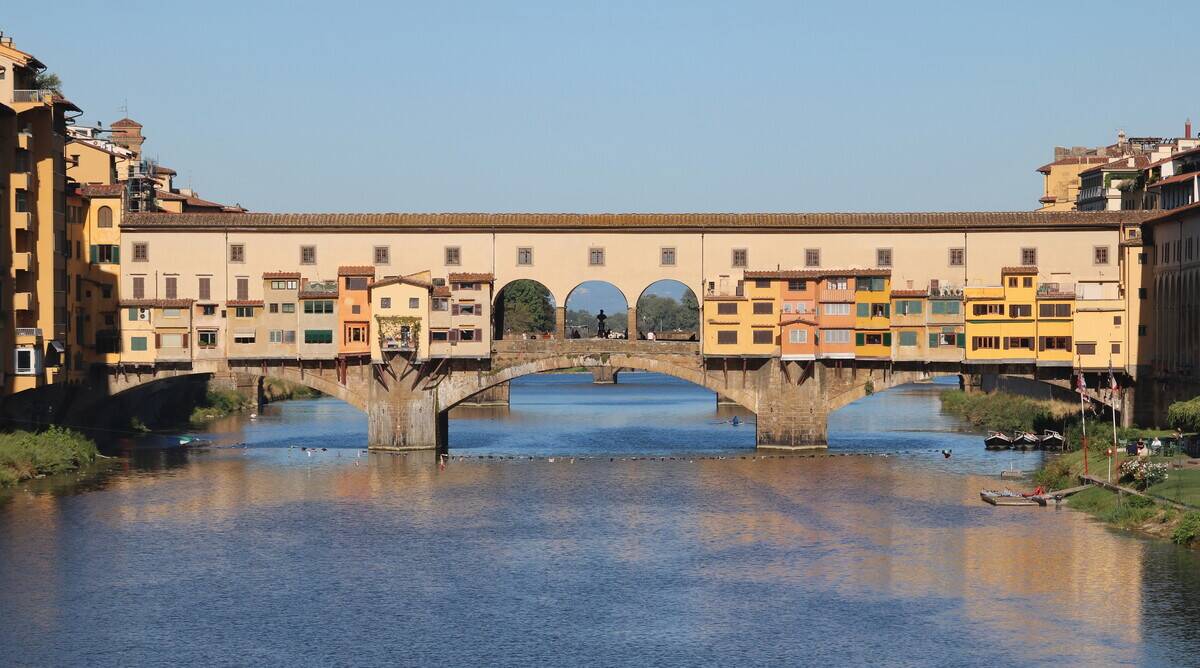
Florence’s Ponte Vecchio is a symbol of resilience and beauty, having survived floods and wars since its reconstruction in 1345. Known for its picturesque storefronts, the bridge is a bustling hub of activity and commerce, maintaining its original function as a marketplace.
The Ponte Vecchio’s unique design, with shops built along its span, is a testament to medieval ingenuity and has influenced bridge design globally, making it a beloved cultural icon.
The Ingenious Design of the Roman Pont du Gard, France
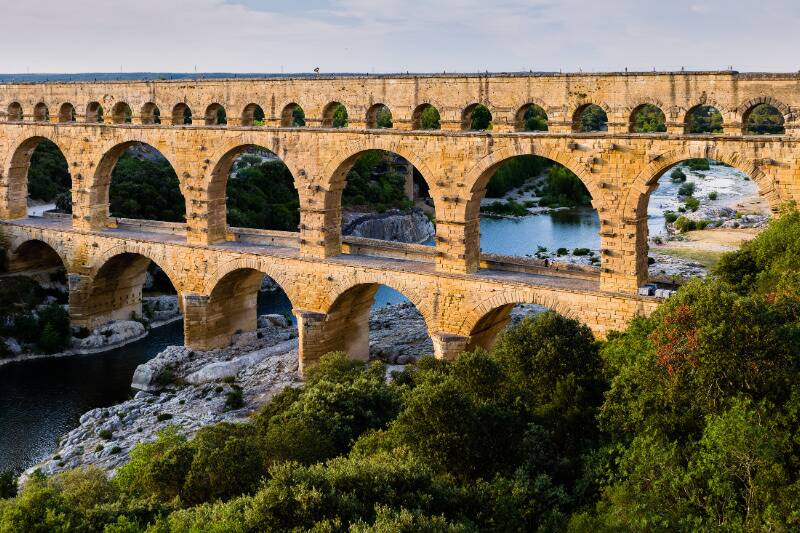
The Pont du Gard, an ancient Roman aqueduct bridge in southern France, exemplifies Roman engineering excellence. Built in the first century AD, it stands as a marvel of precision, with its three tiers of arches gracefully spanning the Gardon River.
This UNESCO World Heritage site highlights the Romans’ ability to blend utility with beauty, as it not only transported water but also served as a testament to the grandeur of Roman infrastructure.
The Symbolic Khaju Bridge of Isfahan, Iran

The Khaju Bridge in Isfahan, Iran, is a stunning example of Persian architecture, doubling as both a bridge and a dam. Built in the 17th century under the reign of Shah Abbas II, it features 23 arches and serves as a social hub for locals and visitors alike.
The bridge’s intricate tilework and artistic design make it a symbol of Persian culture and ingenuity, reflecting the importance of aesthetic beauty in Iranian architecture.
The Cultural Significance of the Anji Bridge, China

Dating back to the Sui Dynasty and finished in 605 CE, the Anji Bridge, also known as Zhaozhou Bridge, is the world’s oldest open-spandrel stone arch bridge. Located in Hebei Province, it showcases the innovative use of spandrels, reducing weight and material usage while maintaining strength.
This engineering marvel has endured numerous floods and earthquakes, earning its name, which means ‘safe crossing,’ and continues to be a cultural treasure in China.
The Story of Tarr Steps, England: A Mystery of the Moors
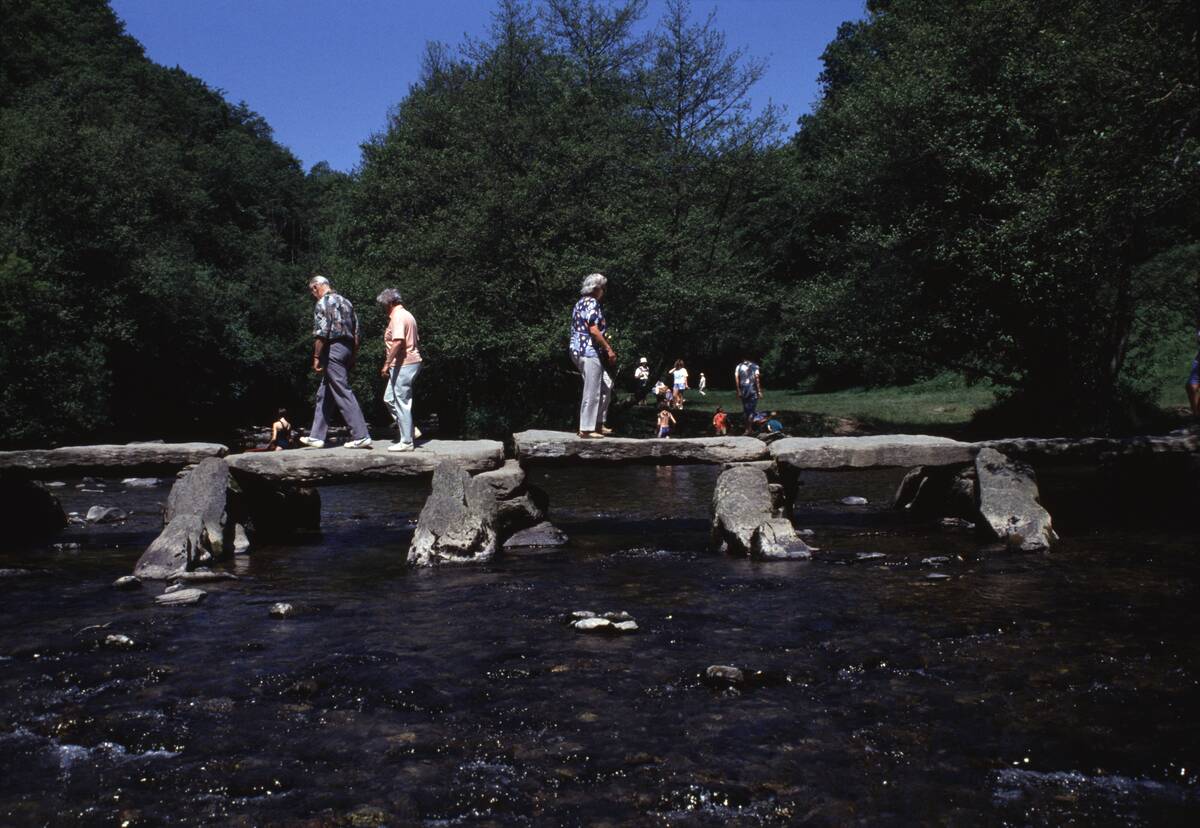
Tarr Steps, a clapper bridge nestled in Exmoor National Park, England, dates back to either the Bronze Age or medieval period, with its exact age shrouded in mystery. Comprising large stone slabs, this ancient bridge blends seamlessly with its natural surroundings.
Local folklore suggests it was built by the devil, adding to its mystique and charm. Tarr Steps remains a popular destination for walkers and history enthusiasts seeking a glimpse into England’s ancient past.
The Ancient Stones of the Alcántara Bridge, Spain
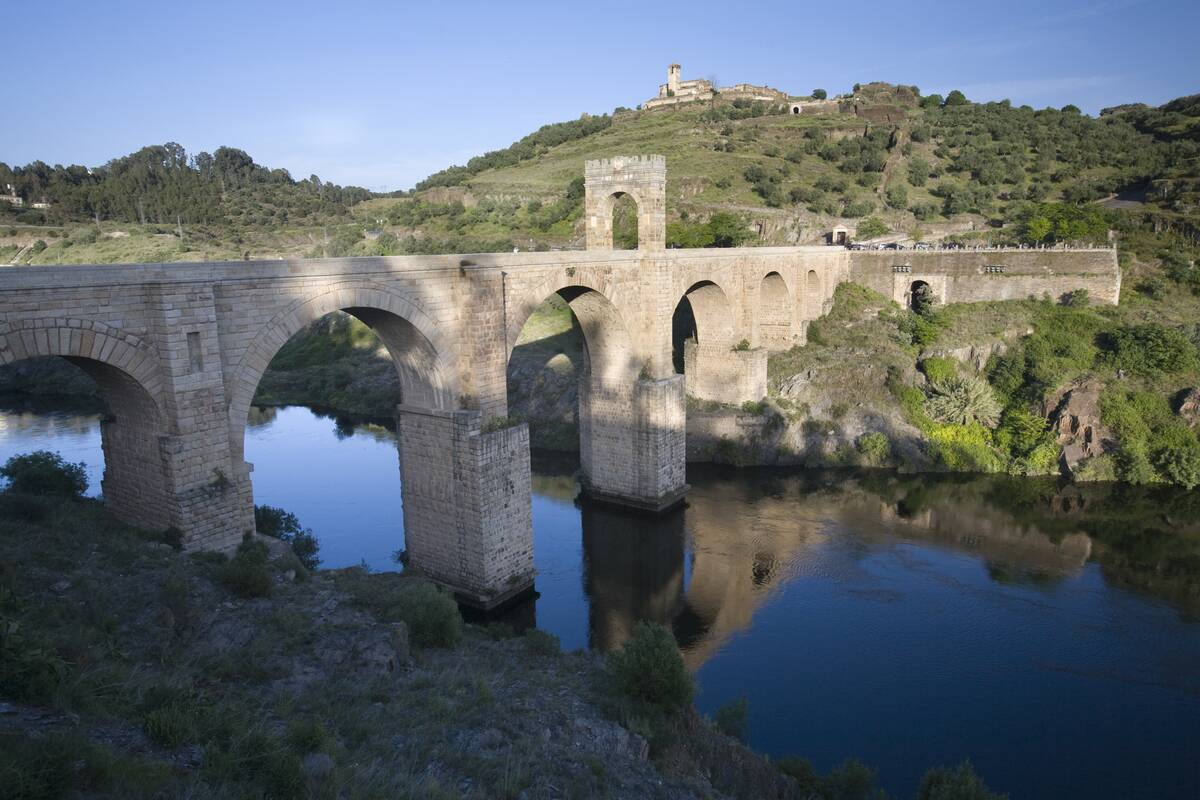
The Alcántara Bridge in Spain is a remarkable example of Roman engineering, completed in 106 AD over the Tagus River. Its name, derived from the Arabic word for ‘arch,’ highlights its historical significance as a crossing point for various cultures and civilizations.
The bridge’s six arches and central triumphal arch stand as a tribute to Roman architectural prowess, enduring centuries of use and serving as an enduring symbol of connectivity across the Iberian Peninsula.
The Resilient Trezzo Bridge, Italy: A Testament to Medieval Engineering
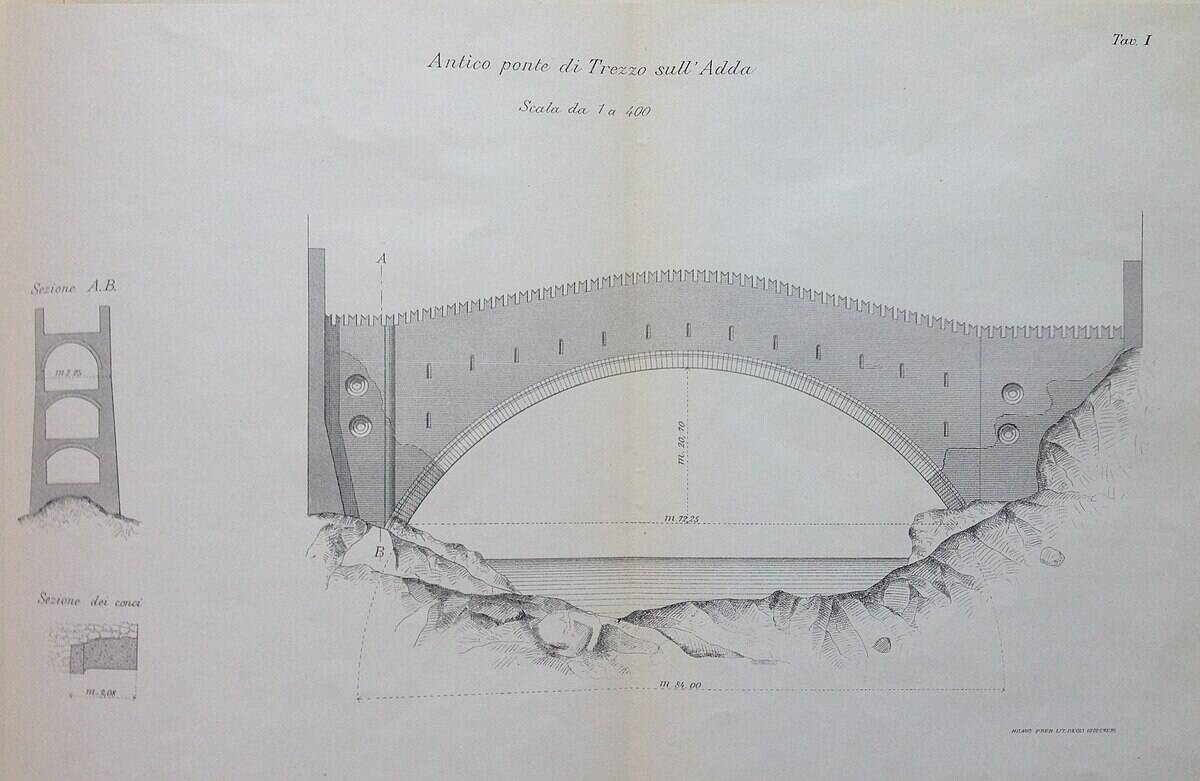
The Trezzo Bridge, an engineering marvel of medieval Italy, was once the longest arch bridge in the world. Built in the 14th century over the Adda River, it was an impressive feat of engineering with a main span of 72 meters (236 feet).
Although it was destroyed during conflicts in the 15th century, its remnants continue to fascinate historians and engineers, highlighting the ambitious spirit of medieval builders and their contributions to bridge design.
The Myth and Legend of the Devil’s Bridge, Germany
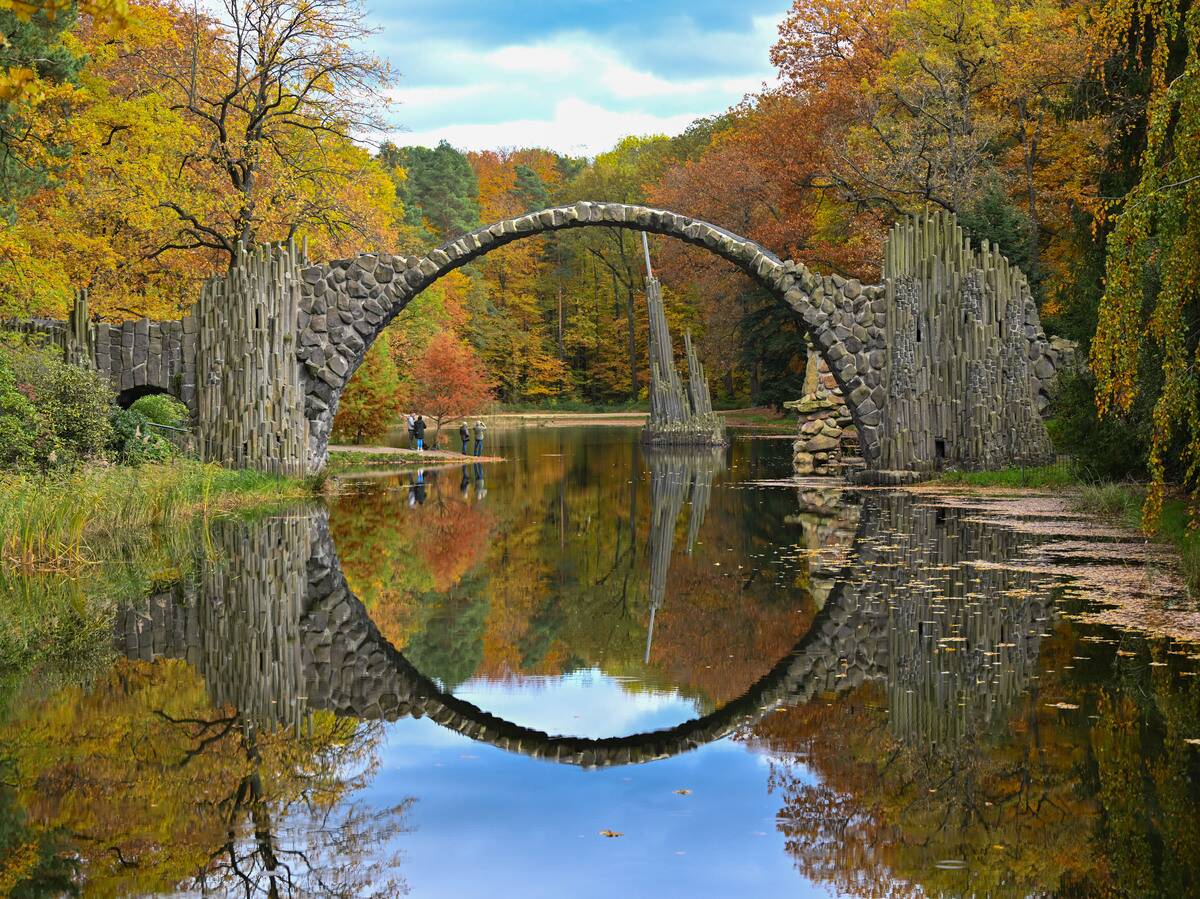
Germany’s Devil’s Bridge, or Rakotzbrücke, is steeped in myth and legend, captivating visitors with its unique design and eerie beauty. Built in the 19th century, its perfect semicircular arch, reflected in the water below, creates the illusion of a complete circle.
According to local folklore, the bridge was constructed with the help of the devil, who demanded the soul of the first to cross it. Today, it remains a popular destination for those drawn to its mythical allure.
The Majestic Charles Bridge: Prague’s Gothic Masterpiece

The Charles Bridge in Prague is a stunning example of Gothic architecture, connecting the city’s Old Town with the Lesser Quarter since the 14th century. Adorned with 30 Baroque statues, it offers breathtaking views of the Vltava River and Prague Castle.
This iconic structure has witnessed significant historical events and remains a vibrant walkway for locals and tourists, embodying the city’s rich history and architectural heritage.
The Age-old Splendor of the Pons Fabricius, Rome

Built in 62 BC, the Pons Fabricius is the oldest Roman bridge still in use, connecting the Tiber Island to the city of Rome. Its enduring presence highlights the Romans’ mastery of bridge construction, utilizing robust materials and advanced techniques.
This ancient structure, known today as Ponte dei Quattro Capi, remains a vital part of Rome’s infrastructure, offering a tangible link to the city’s illustrious past and its legacy of engineering excellence.
The Enduring Legacy of the Bridge of Sighs, Venice
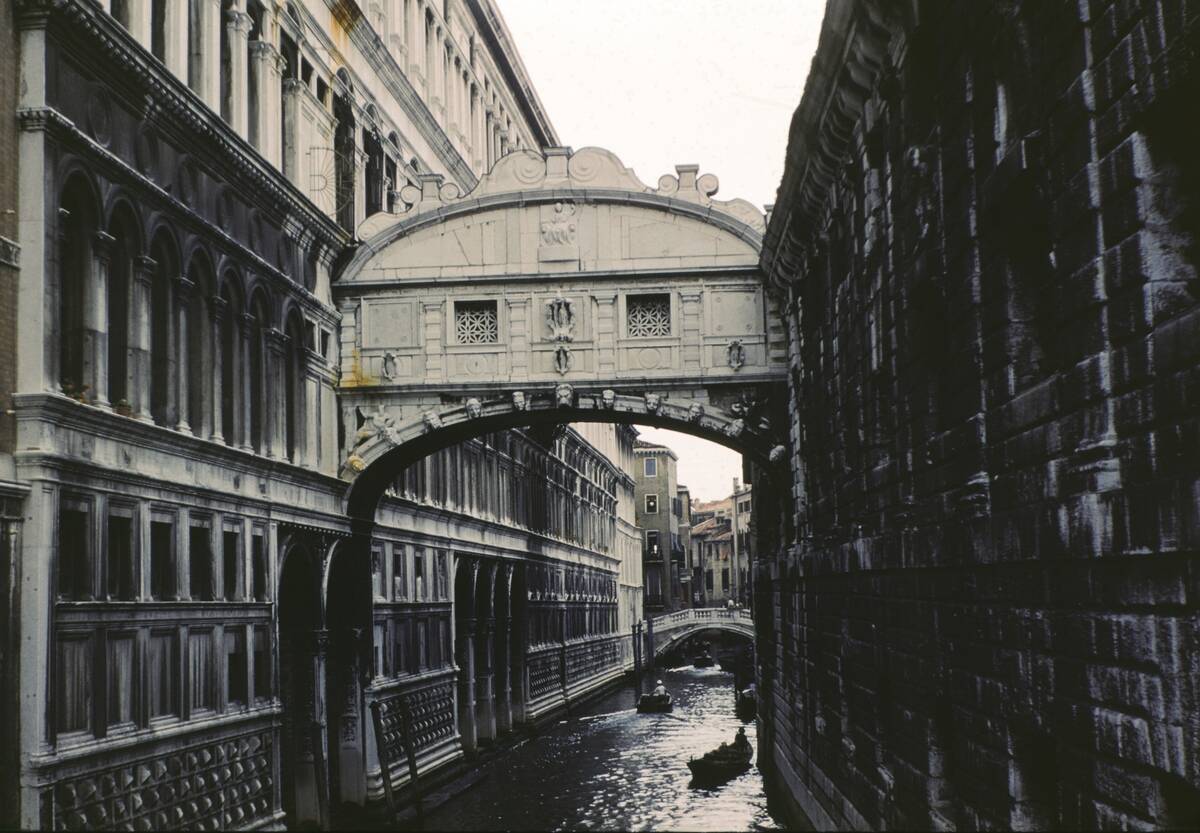
Venice’s Bridge of Sighs, an enclosed limestone bridge built in the 17th century, connects the Doge’s Palace to the prisons. Its name derives from the sighs of prisoners catching their last glimpse of freedom before incarceration.
Despite its somber history, the bridge has become a symbol of romance and intrigue, drawing couples from around the world. Its unique architecture and historical significance make it a cherished landmark in the enchanting city of Venice.



